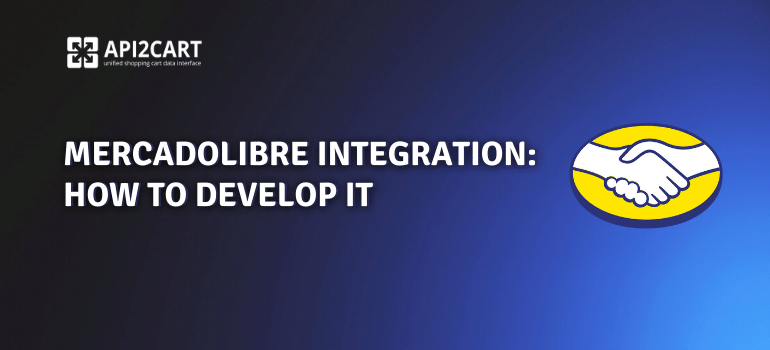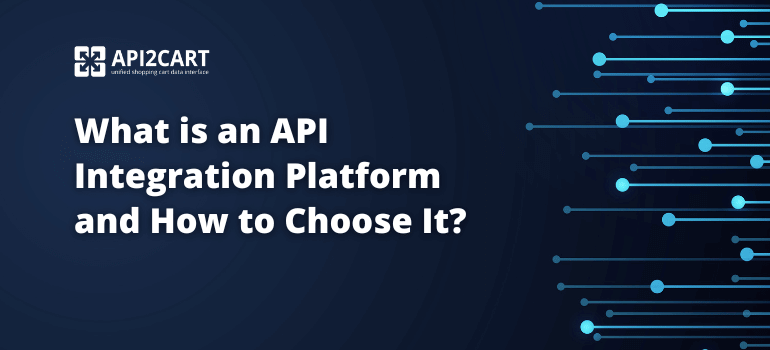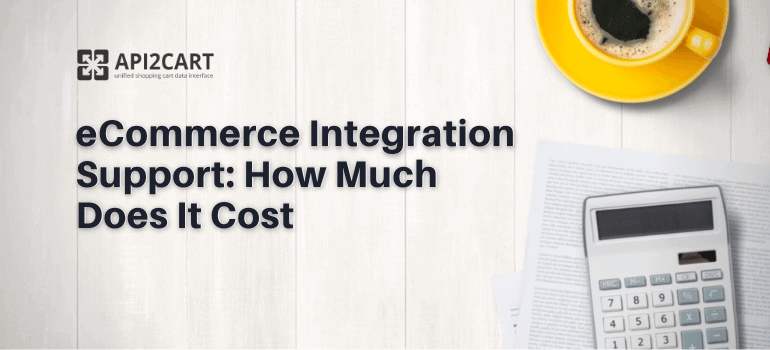
In the fast-growing world of eCommerce, connecting with key marketplaces like the MercadoLibre API is essential for expanding a software business and optimizing operations. MercadoLibre, the top eCommerce marketplace in Latin America, offers a powerful Developers API that helps software vendors integrate seamlessly.
This article provides a clear and concise overview of the MercadoLibre Developers API—its features, benefits, and best practices. Learn how to leverage the MercadoLibre API to maximize your software’s potential in the Latin American market.
Importance of MercadoLibre API for Developers
The MercadoLibre API is a powerful tool for developers who want to integrate with one of the largest eCommerce marketplaces in Latin America. With the MercadoLibre API, developers can create applications that interact with the platform. They can add products, control stock, and process orders. This automation ensures accurate, up-to-date information in all systems. Developers can integrate these features into their applications to enhance eCommerce performance, capacity, and productivity.
Technical Features of MercadoLibre API
Core Functionality:
- RESTful Architecture: The MercadoLibre API follows a RESTful pattern, which is familiar to many developers. This means that developers can use the HTTP methods such as GET, POST, PUT, and DELETE to work with data, easing the learning process for developers experienced in web development.
- Resource-Based Endpoints: The API has a structured set of endpoints. These serve as access points to MercadoLibre’s platform resources, such as products, orders, sellers, shipments, claims, and more. Each endpoint has specific functionalities for handling its respective resource (e.g., inquiring about product details, placing orders, and handling shipping labels).
Data Management:
- JSON Data Format: The MercadoLibre API uses JSON, a lightweight and easy-to-manage data format for developers.
- Filtering and Sorting: The API allows developers to arrange data according to specific parameters, boosting efficiency by fetching only the essential data.
- Pagination: The MercadoLibre API offers pagination, allowing developers to limit data volume and improve the performance and user experience of their applications.
Authentication and Security:
- HTTPS Protocol: The API uses the HTTPS protocol to ensure secure communication, protecting sensitive information such as login and financial details.
- OAuth Authentication: OAuth enables secure user authorization, allowing developers to access user data without storing sensitive information like passwords.
- Rate Limiting: The API has rate limits to prevent overuse and ensure fair access for all users.
Developing Integrations with MercadoLibre API
Integrating with the MercadoLibre API might be a challenging process, especially if the programmer is not familiar with the API endpoints, authentication, and data processing mechanisms. However, using a single integration platform, such as API2Cart, can help avoid these challenges. MercadoLibre is one of the eCommerce platforms integrated by API2Cart, simplifying the development process. API2Cart allows developers to focus on building their application while leveraging the power of the MercadoLibre API.

API2Cart simplifies MercadoLibre integration. It lets developers manage product catalogs, stock, orders, and customers across multiple eCommerce systems via one interface. After integrating with API2Cart, eCommerce software can communicate with MercadoLibre and other integrated platforms without further coding. API2Cart offers detailed documentation, software development kits, 14-day free trial, and support to ensure smooth integration. This support helps businesses unlock the potential of the MercadoLibre marketplace and improve their eCommerce operations.
Conclusion
Overall, working with the MercadoLibre API is an effective way for developers to expand the capabilities of their eCommerce software by connecting to one of Latin America's fastest-growing marketplaces.
This process can be made easier by using third-party integration platforms such as API2Cart, which provides a unified API to integrate with MercadoLibre and other eCommerce platforms. API2Cart acts as an intermediary between applications, allowing developers to save time and effort on the integration process while offering comprehensive support and resources for seamless integrations.



